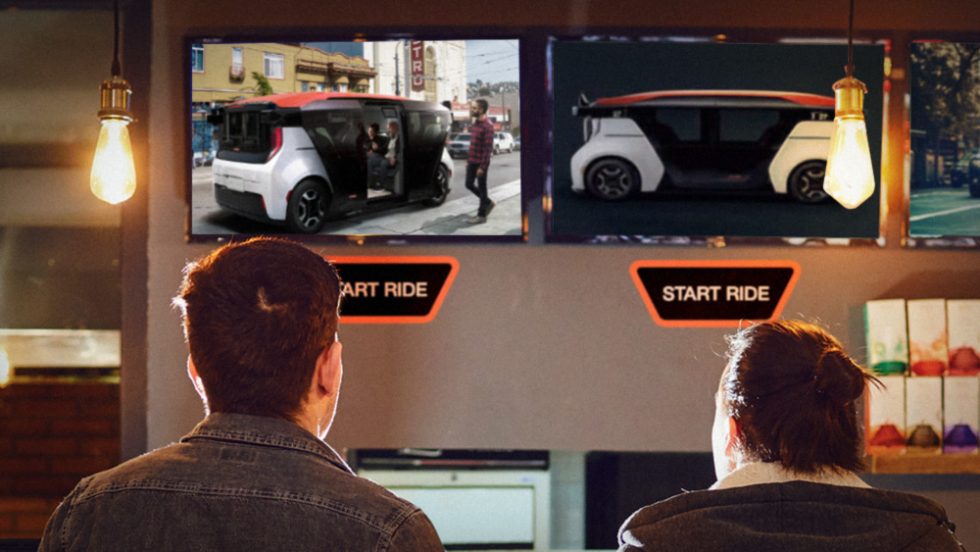Cruise’s autonomous Origin hints at a “McDonald’s of mobility”

Is Cruise looking to replicate the McDonald's model but with ride-hailing instead of fast food?
Like a lot of autonomous vehicle (AV) developers, Cruise has been having a tough time recently. Slammed by brutal reporting on its technological struggles, the GM-, Honda-, and Softbank-backed firm recently abandoned plans for an ambitious 2019 commercial deployment of its autonomous mobility service. Adding insult to injury, its request for safety-regulation waivers allowing it to deploy a version of its fourth-generation Chevrolet Bolt without human controls has languished at the National Highway Traffic Safety Administration.
So when Cruise unveiled its Origin robotaxi at a flashy San Francisco event last week, it was in effect a reboot of the company's plans under new CEO Dan Ammann, who came over from GM at the end of 2018. Unfortunately, after weeks of hyping a vision of mobility "beyond the car," Cruise shared almost no details about the Origin, including such basic information as its size, battery capacity, sensor suite, or deployment plans. Though it's hard to fault Cruise for erring on the side of caution, the resulting confusion and snark about Origin only highlighted how hard it has become to communicate about the autonomous vehicle space.
But even as Cruise seemed to flub its latest big communication effort, it actually provided the answer to a critical question that other AV companies have yet to address: how its robotaxi service is going to compete in an increasingly crowded mobility market. Though largely lost in the soaring, aspirational "beyond the car" messaging, both Ammann's comments and the Origin's design subtly illustrated a surprisingly grounded vision for a business that is all too often imagined as sci-fi fantasy. Put simply, it seems that the Origin will be the foundation of a business positioned to become the McDonald's of mobility.
Read 9 remaining paragraphs | Comments